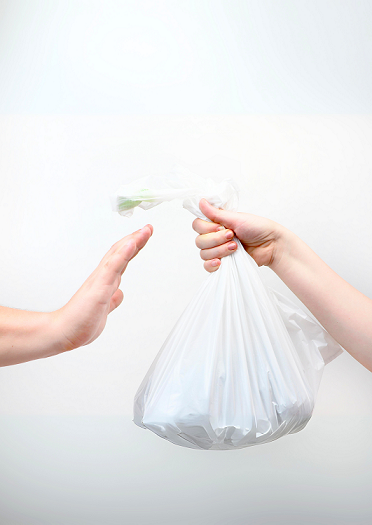July 3 marks International Plastic Bag Free Day, with the purpose of reflecting on the use of single-use plastics in our daily lives while renewing our commitment to reduce their use.
Although their history is no more than a century old, plastic bags are ubiquitous in the world: from the depths of the ocean to the top of Mount Everest. Approximately 5 billion of these packages are consumed annually, according to data from the United Nations Environment Programme (UNEP).
The origin of the plastic bag
According to National Geographic, the history of the plastic bag dates back to the 20th century. The earliest antecedent occurred in 1933, when polyethylene was created by accident at a chemical plant in Northwich, England.
Three decades later, the one-piece polyethylene bag was designed by engineer Sten Gustaf Thulin and patented in 1965 by the Swedish company where he worked.
From the 1970s onwards, the use of this product became widespread throughout the world. In 1979, plastic bags were widely introduced in the United States, where consumers generated extensive debates that reached the media due to an initial reluctance to abandon paper bags.
Effects on the environment and our health
In 1997, Charles Moore, an American sailor and researcher, warned of the great Pacific garbage patch, an area located in the largest of the gyres produced by the world’s ocean currents where immense quantities of plastic debris have accumulated and threaten marine life. It is estimated that about 12 million tons of plastics reach the oceans each year.
In 2002, Bangladesh warned that the bags also clogged drainage systems, causing serious problems during flooding. For this reason, at the beginning of the 21st century, the Asian country became the first nation in the world to ban plastic bags.
Plastic bags take more than 500 years to decompose. And they do so by shedding hundreds of thousands of tiny fragments of microplastics, along with all the additives and toxins they may carry.
According to National Geographic, in 2022 scientists from the Netherlands and the United Kingdom announced that they had found tiny plastic particles in living humans, in two places where they had not been seen before: inside the lungs of surgical patients and in the blood of anonymous donors.
Both signaled a shift in the focus of concern about plastics to the cloud of airborne dust particles within which we live, with some of those particles being so small that they can penetrate deep into the body and even into cells.
Banning plastic bags in Latin America
Over time, countries other than Bangladesh began to limit their use and even ban them. According to UNEP, Antigua and Barbuda was the first country in Latin America and the Caribbean to ban plastic bags in 2016.
In some Latin American cities, legislation restricts the delivery of non-biodegradable plastic bags in stores. These include the region’s three most populous cities: Mexico City, Buenos Aires and São Paulo.
In Chile, a law prohibits the delivery and marketing of plastic shopping bags throughout the country. In Colombia, Law 2232, which will come into force this week, seeks to limit single-use plastics and bans bags made from this disposable material.
Over time, these initiatives have become popular. As reported by the United Nations Program, by 2018, 127 out of 192 countries surveyed had enacted some form of national legislation to address the problems brought about by plastic bags.


